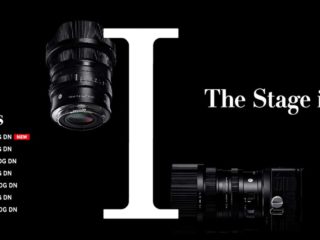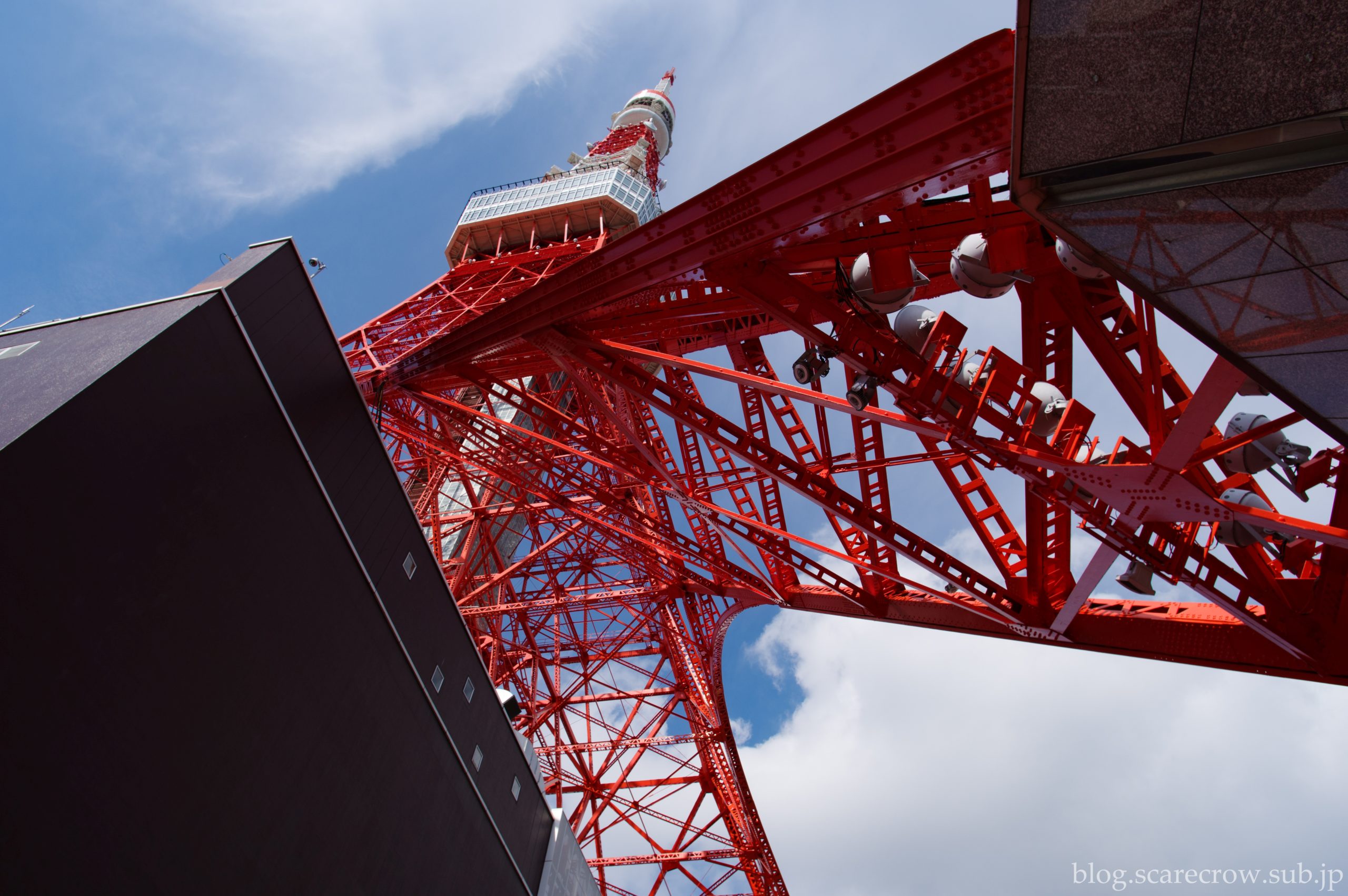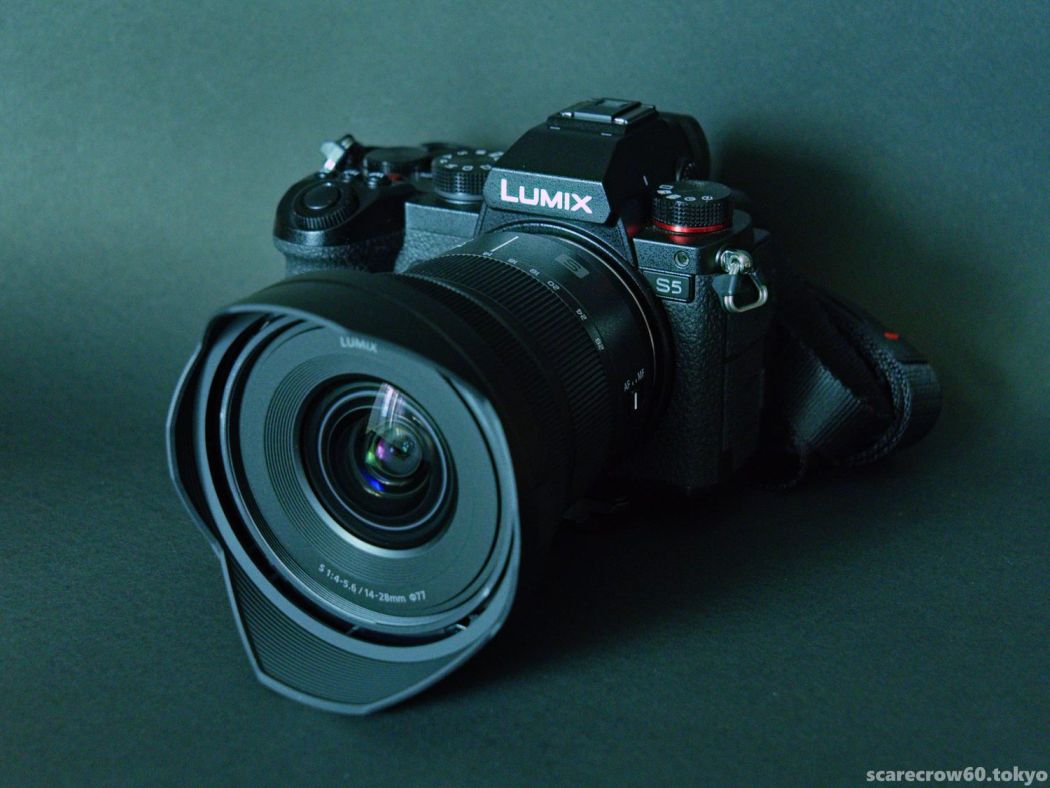The cheeky title is not mine, but is borrowed from a magazine (mook book) published by Motor Magazine.
Unfortunately, the monthly magazine “Cameraman” ceased publication in 2020, but since then they have continued to release several such mooks under the title “Cameraman Returns”. Special issues on camera and lens selection are published every year, and I guess the point is that this kind of theme sells well to the solid consumers who are stuck in the camera and lens swamp and hungry for information on new products.
Since I am a Pentax user by nature, I am not familiar with new products in cameras and lenses (lol), so I have not been part of this “solid” consumers until now.
However, since I have recently started to use LUMIX cameras together, and even got a full-size camera in a fit of devilishness, I decided to buy one for the first time in a while to learn various aspects of the L-mount lens situation.
Because, you know, the number of Sigma i-series single focal length lenses has been increasing, and before I knew it, there were 9 products (I had already acquired the 90mm F2.8). If you don’t gather information properly, you will be at a loss.

After reading the mook and looking at the official website, I started to look at not only the temporary i-series, but also the art line.
Sigma’s art line has been highly praised in the magazine, so it is not to be underestimated. I am currently looking for a lens to supplement the wide-angle side of the 20-60mm stock zoom, and the SIGMA 14-24mm F2.8 DG DN art looks pretty good.
However, the art is still heavy, big, and expensive, and my mind was shaken and I thought I should review it since the Panasonic stock one seems to be getting more and more lenses these days.
https://panasonic.jp/dc/products/s_series_lens.html?utm_source=google&utm_medium=cpc&utm_campaign=DC_NC_S_G_Brand&utm_ content=DC_NC_S_G_Brand_n&utm_term=Sitelink_n_20200420_dc-products-s_S-lens&gad=1
The stock Pro lenses are very unaffordable, but the S lenses might still be realistic. is the S18mm F1.8 a possibility or not? Photographer’s Magazine said of the five brothers of the stock single focal length f/1.8, “Practical, not interesting, but it shoots well.” I see.
On the other hand, the S14-28mm F4-5.6 wide-angle zoom lens is also light, small, and practical. The S14-28 may not be a bad choice to use as a pair with the S20-60mm of the same type. I wonder how much it costs on the market.
What, are you offering cash back until the end of August, on this?
Which brings me to my last article.
Story about the LUMIX S 14-28mm came.
I was taken for a ride. If impulse purchases are triggered at a high frequency not only by me but also by other people all over Japan, it will be easy to attract advertising money from manufacturers for books like “All Mistakes about Lens Selection”.
However, it is unplanned but not unwilling. The expense is painful, but when I think about it, the whole process of reading the magazine, wanting, researching, and buying was fun for the first time in a long time.
After all this time, perhaps I should consider the symptoms of the lens swamp to be part of the true joy of this hobby.
And, as usual, I would be happy if my photographic skills were better.
By the way, a reminder of the important things I learned from this lens study.
In recent mirrorless lenses such as Sigma’s i-series and Pana’s 12-60 and 14-28 lenses, in order to reduce size and weight, some of the aberration correction is left to the body side of the lens.
With this kind of design, the image quality of the same lens will vary greatly depending on the body, and the image quality of a lens manufacturer such as Sigma’s products depends greatly on the degree of collaboration with the body manufacturer to share technical information. The image quality of a lens manufacturer like Sigma’s products depends greatly on the degree of collaboration between the body manufacturer and the lens manufacturer.
And if in the future only the lenses remain and the bodies are lost, the same pictures can no longer be reproduced. The so-called “old lens game” of attaching old lenses to new cameras will become increasingly difficult.
So they say. Hmmm.




